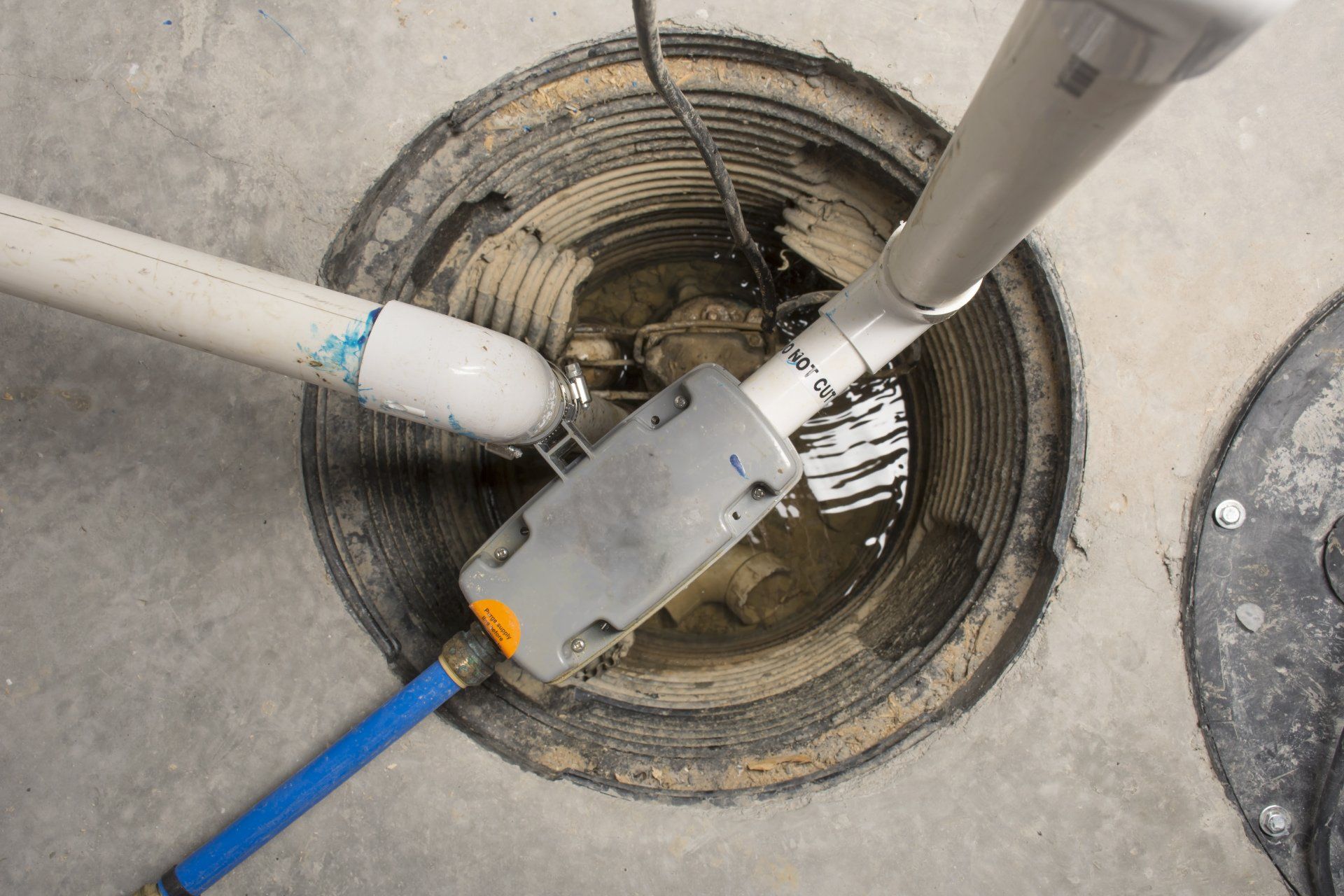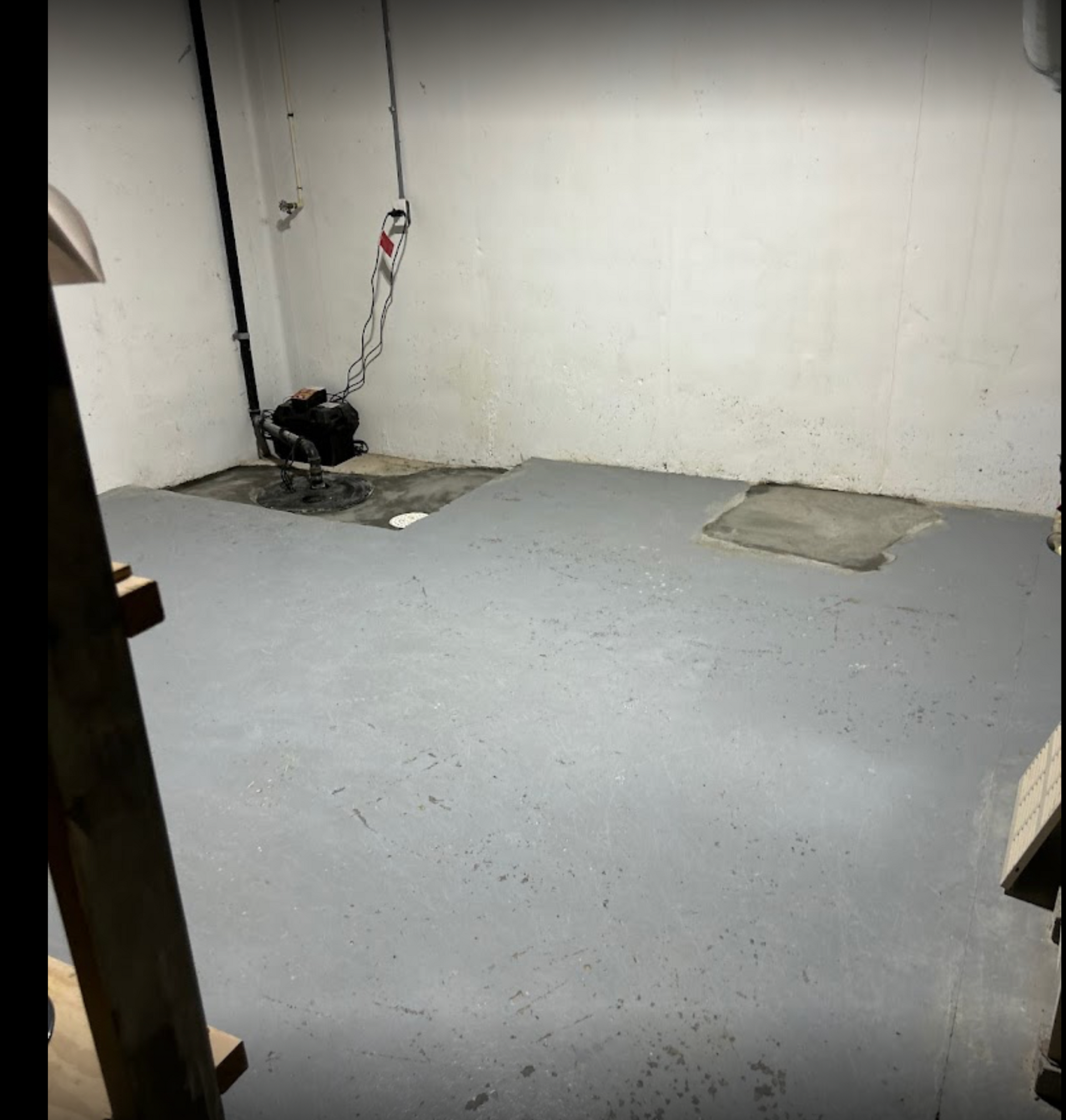Should You Install an Interior Drain or a Sump Pump?
What's the Difference between Interior Drainage and Sump Pumps?

Waterproofing your home, specifically the basement area, is necessary to prevent any moisture-related issues. However, there are many systems out there that control moisture and water. If you don’t know about them in detail, you may end up installing one that doesn’t serve your purpose and wasting all the money. If you find a waterproofing and drainage expert in your area, you can get your questions answered and collect the most accurate and efficient solutions.
In this guide, we will inform you about the two main categories of drainage system: the interior drain and the sump pump. At the conclusion of this article, you can decide on which one is best to install.
Interior Drain vs. Sump Pump: How Do They Work
To know which one of the drainage systems you need to install in your home, you must know what the interior drain and sump pumps are. Also, you should know their characteristics, advantages, and disadvantages to choose wisely.
Interior Drain
The interior drain system works to control the moisture level in your entire crawl space, thus preventing mold and mildew growth. This system also helps protect the basement from any type of water damage, as the waterproofing coverage of the interior drains can cover a wide range. Also, it’s better than having an exterior drainage system.
The interior drainage system collects water that leaks from walls and floors near the basement, and then directs the water away from the foundation. In this way, any kind of minor leak can be prevented, however, these drains can’t deal with heavy rains or regular floods.
Sump Pump
A sump pump can pump out water from the basement area and crawl space before it floods the lowest space of the house and damages anything. Which is why this pump is usually placed in the dampest or lowest part of your crawl space. And this drainage system automatically begins to extract water when the water level rises to a certain level.
Although sump pumps work perfectly to control water and moisture levels where they’re installed, they can only cover one part of the house. Moreover, it needs a constant supply of electricity to operate. So, if power in your house goes out because of flooding, there won’t be any waterproofing protection unless you have a backup battery.
Interior Drain and Sump Pump Installation
Since you need both the interior drain and sump pump for most houses, we’ve briefly discussed the steps you should take to install these two drainage systems. You may not install it yourself, but knowing the steps will help you check if the workers are doing their work properly or not.
RELATED:
Basement Drainage Systems
Interior Drain
Installing the interior drain is much easier than installing the sump pump. The steps are:
- You need to excavate the basement interior and make sure there is at least one foot of clearance.
- Then you have to leave the weep holes in the walls or tap them to let the existing moisture slip out.
- Install the drainage pipes and connect them to the already installed sump pump.
- Then you can put in gravel and re-cement the surface.
Sump Pump
Sump pumps can be installed both in crawl spaces and outside to solve exterior drainage problems. Your consultant will advise you, after a thorough inspection, which area is best for installing the pumps. Now let’s see the steps for installing this system:
- Lay drainage pipes around the house perimeter to decide in what direction the pipes should be laid.
- Check the entire space to determine which space is the lowest level or where the most water gathers.
- When you decide where to set the pump, you need to put the pump’s base there and then drill weep holes in the base.
- Then you’ll need to test if the float switch on the sump pump is working properly.
- Next, dig out the spot to fit the pump.
- The pump can get clogged because of silt, sand, or other obstacles, so make sure to install an interior filter with the sump pump.
- After that, you need to connect the pump with the lower drainage pipes of the house to finish the installation process.
- When everything is installed properly and checked, you can fill the hole with gravel and put on a concrete layer if you want.
Which One Should You Install: One of Them or Both?
Both the sump pump and interior drain have their own benefits regarding waterproofing the house. You may install one of them according to the climatic and groundwater conditions of your area. But in cases of dealing with floods on a constant basis or if the house is located near a waterbody, it’s a viable decision to choose both as they eventually save you money.
These two moisture-controlling systems are meant to work with each other because when the interior drain collects leaking water, it may store the water under your floor or basement. Only the sump pump can fully remove all the water.
That’s why the interior drain collects moisture and water from all over the house and then channels it where the sump pump is located. After that, the sump pump will pump out all the collected water to a distant place. In this way, the interior drain covers the disadvantages of the sump system by providing a broad coverage area.
Unless you live in a hot, deserted climate, investing in both water drainage systems is crucial. Because if there’s only an interior drain, unchanneled water near the basement can be unhealthy and dangerous. Also, a sump pump alone can’t control moisture in all parts of the house. However, if you're reading this article, and live in the Kansas City area, you are used to the drought-like conditions that the Midwest brings. y
Moreover, installing drainage systems in your home can increase its value. Also, in many cases, you can get low insurance premiums because the house is less likely to get damaged by water when the drainage system is protecting it.
For all these reasons, you need both drainage systems to enjoy a comfortable, moisture-free indoor environment. However, you can also contact your contractor to check the house for probable drainage types and proper planning.
In most cases, you should install both the sump pump and the interior drain. However, it’s best to consult a professional. Make sure to get your house inspected by a local professional or contractor, because a distant advisor can’t give the best solution online. Also, not all the sump pumps and interior drains are built the same, so you must leave the work to the professionals.
Contact Us
We will get back to you as soon as possible.
Please try again later.
Address
PierMagic Foundation Specialists
932 Locust Hill Circle
Belton, MO 64012
Serving: Grandview, Lee's Summit, Blue Springs, Leawood, Overland Park, Olathe, Raymore, Belton, Independence, Oak Grove, Liberty, Parkville, Butler, Columbia, Harrisonville, Peculiar, Pleasant Hill, and the greater Kansas City area
All Rights Reserved | PierMagic Foundation Specialists




